All Images
News Release 10-198
NSF Awards Grants for Research on Coupled Natural and Human Systems
Mongolian rangelands and climate change, fire-prone landscapes, and invasive Spartina grasses in San Francisco Bay are among topics
This material is available primarily for archival purposes. Telephone numbers or other contact information may be out of date; please see current contact information at media contacts.
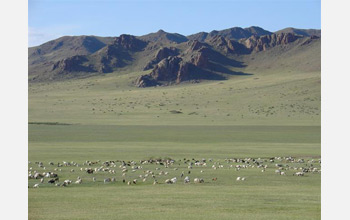
Mongolian rangelands and their response to climate change are the topic of a CNH grant.
Credit: UN FAO
Download the high-resolution JPG version of the image. (43 KB)
Use your mouse to right-click (Mac users may need to Ctrl-click) the link above and choose the option that will save the file or target to your computer.
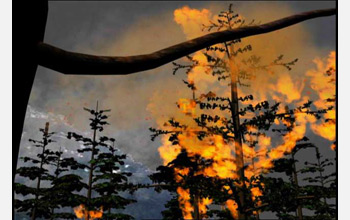
Fire-prone landscapes, more prevalent in droughts, will be studied by CNH researchers.
Credit: NASA
Download the high-resolution JPG version of the image. (35 KB)
Use your mouse to right-click (Mac users may need to Ctrl-click) the link above and choose the option that will save the file or target to your computer.
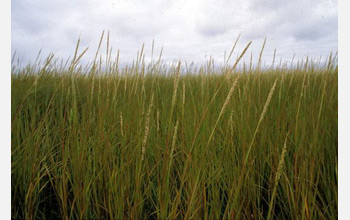
Spartina grass, an invasive plant in San Francisco Bay, is the subject of an NSF CNH grant.
Credit: USGS
Download the high-resolution JPG version of the image. (40 KB)
Use your mouse to right-click (Mac users may need to Ctrl-click) the link above and choose the option that will save the file or target to your computer.
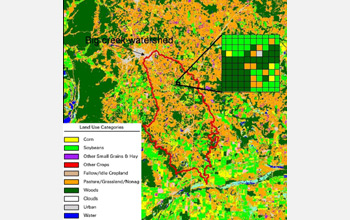
CNH scientists will research the effect of climate change on midwestern U.S. heartlands.
Credit: Christopher Sant
Download the high-resolution JPG version of the image. (221 KB)
Use your mouse to right-click (Mac users may need to Ctrl-click) the link above and choose the option that will save the file or target to your computer.
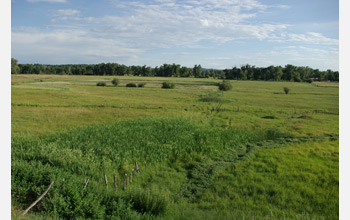
Acequias may hold answers to community resilience to climate and land-use changes.
Credit: Alexander Fernald
Download the high-resolution JPG version of the image. (5.1 MB)
Use your mouse to right-click (Mac users may need to Ctrl-click) the link above and choose the option that will save the file or target to your computer.

Sediment flows from the Miss. River into the Gulf of Mexico, where "dead zones" form.
Credit: Nancy Rabalais, LUMCON
Download the high-resolution JPG version of the image. (495 KB)
Use your mouse to right-click (Mac users may need to Ctrl-click) the link above and choose the option that will save the file or target to your computer.


